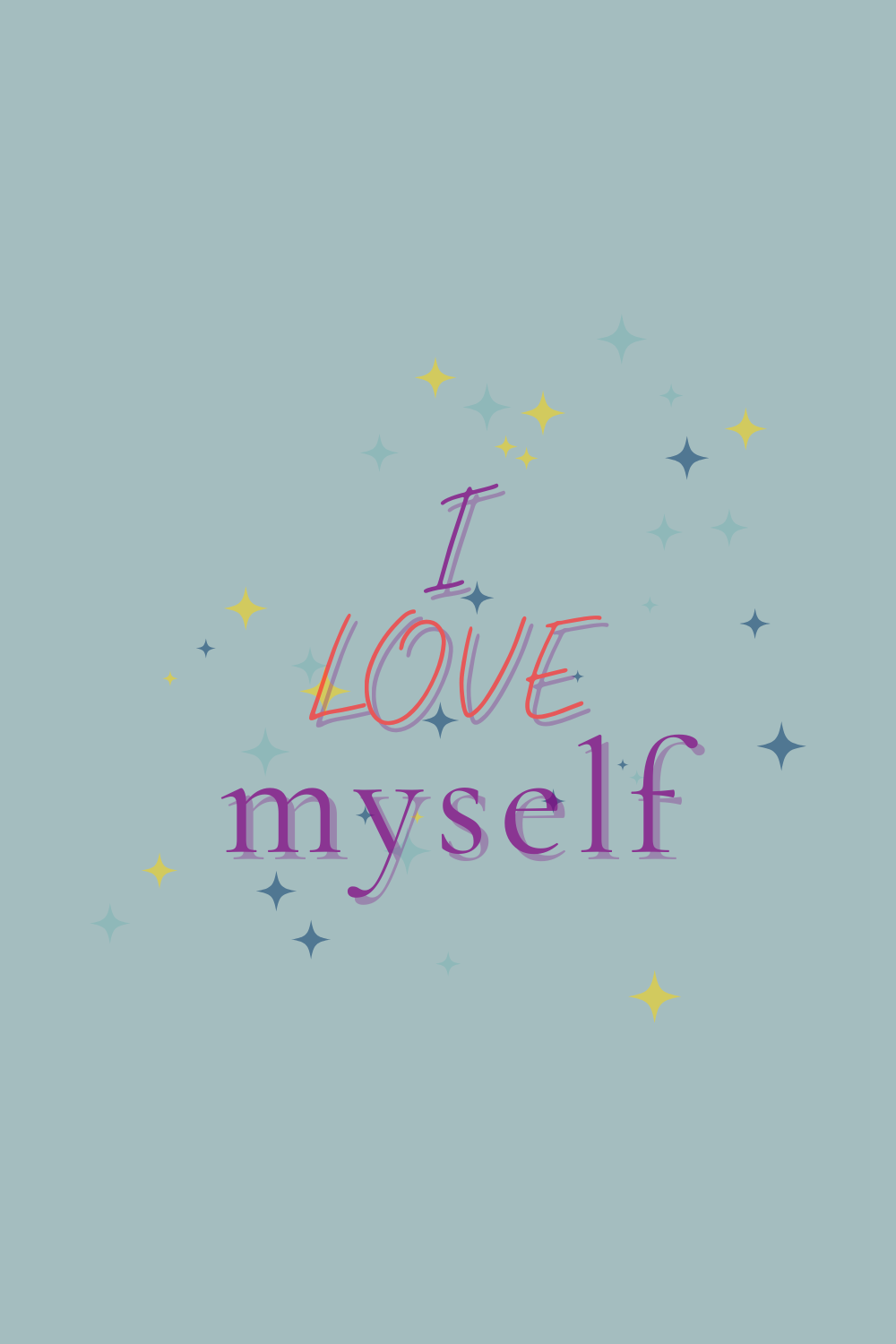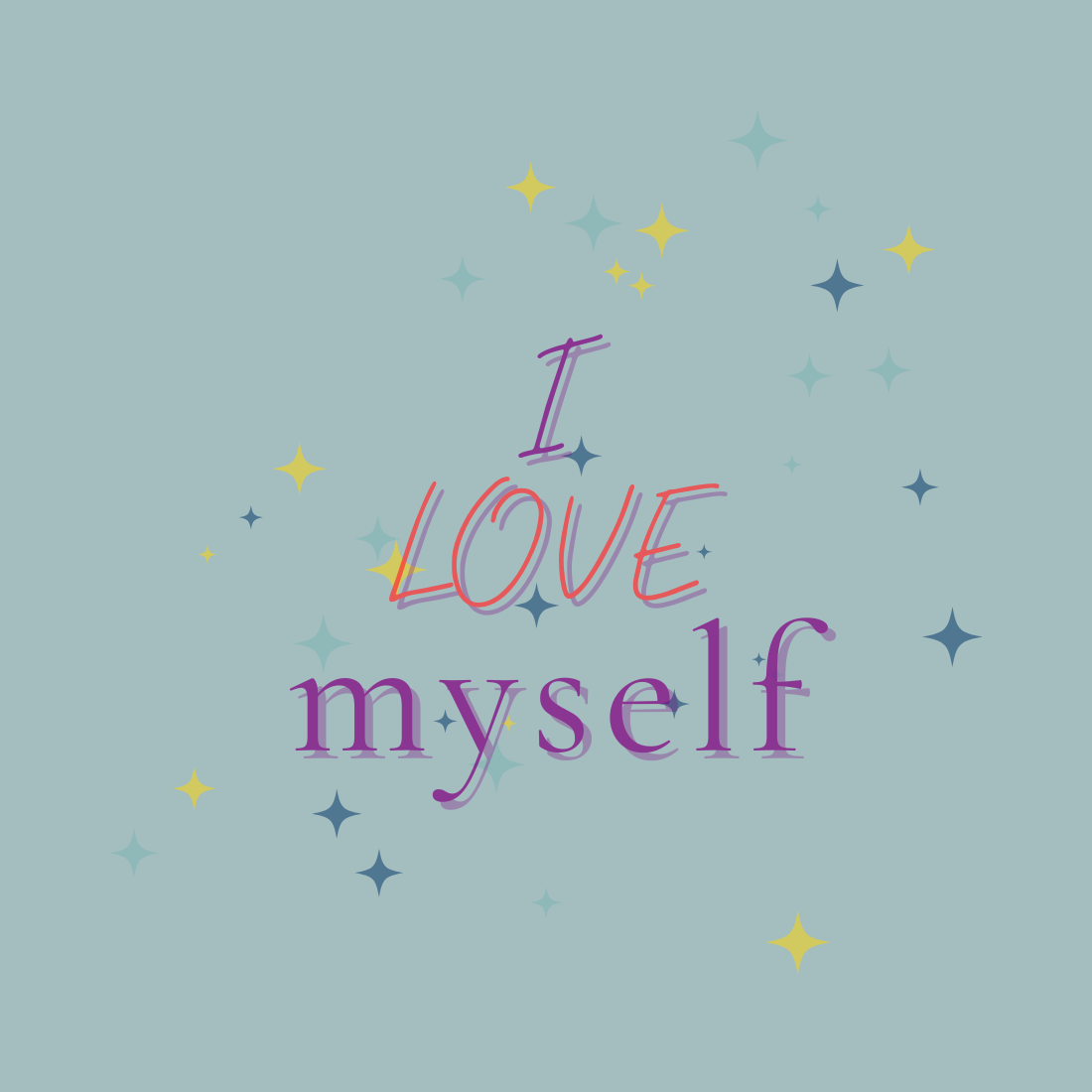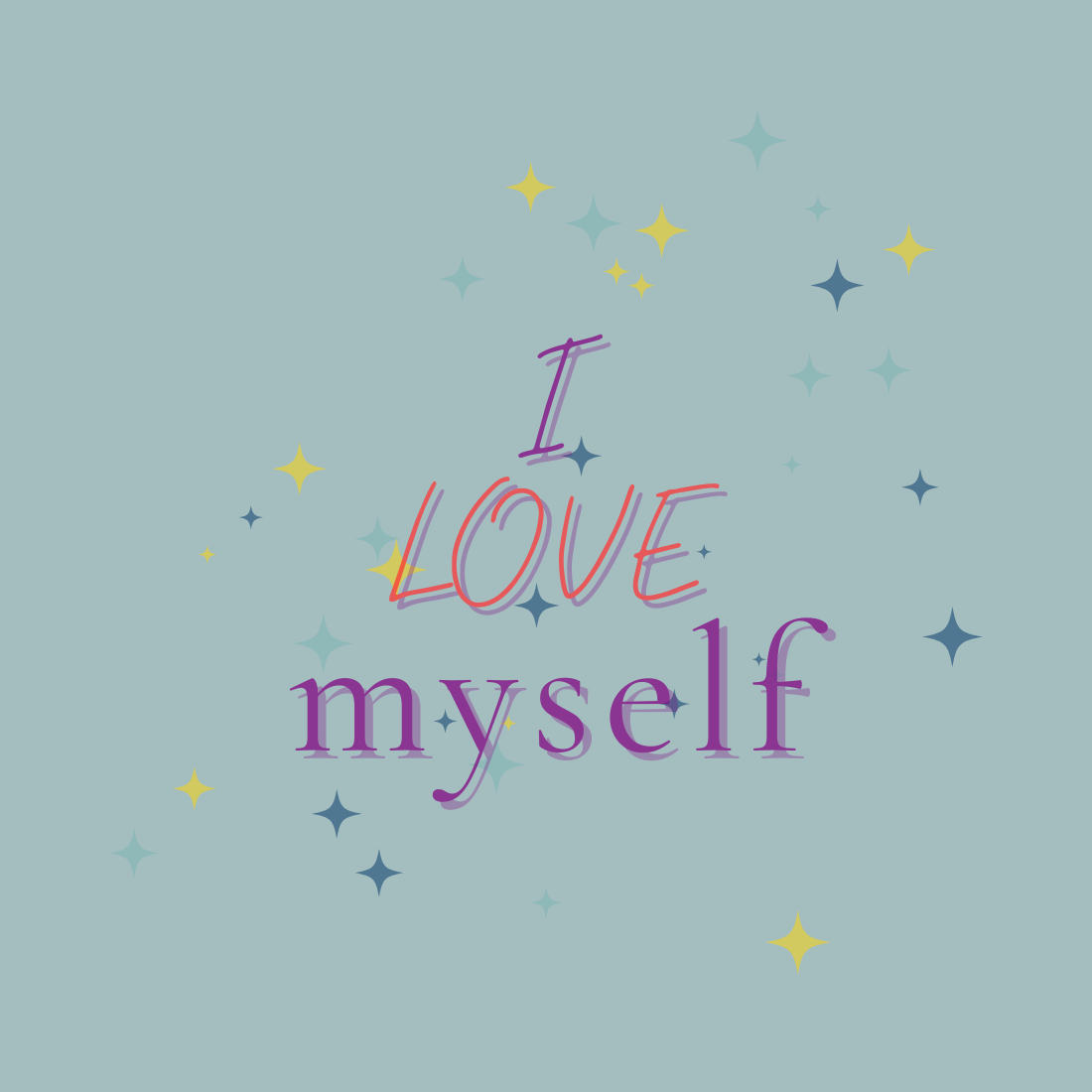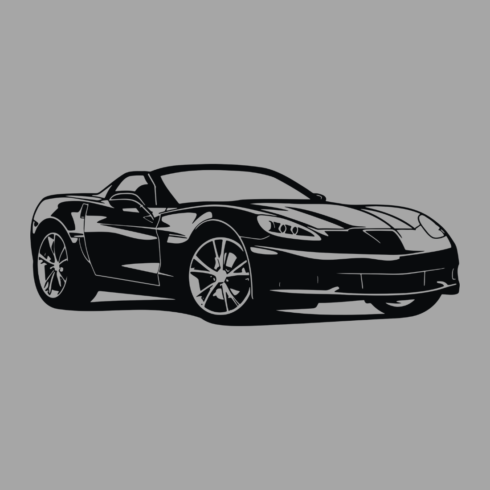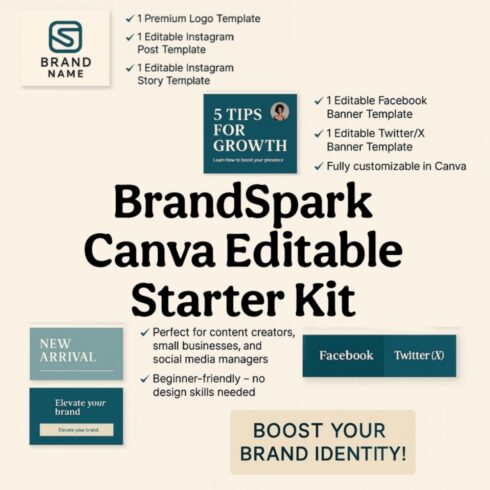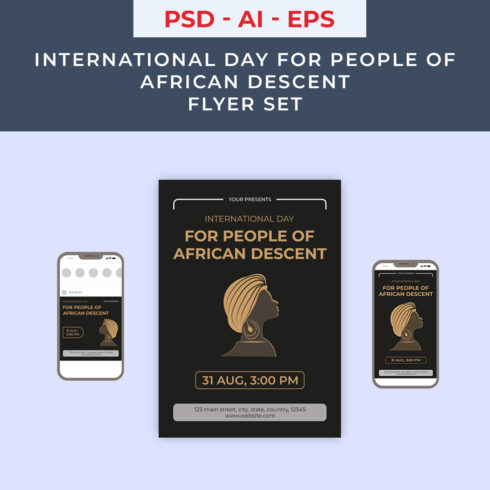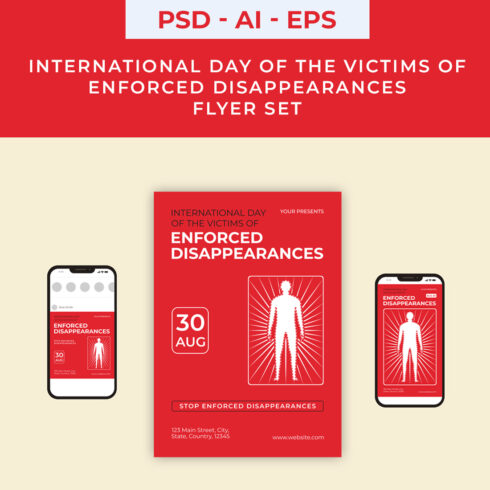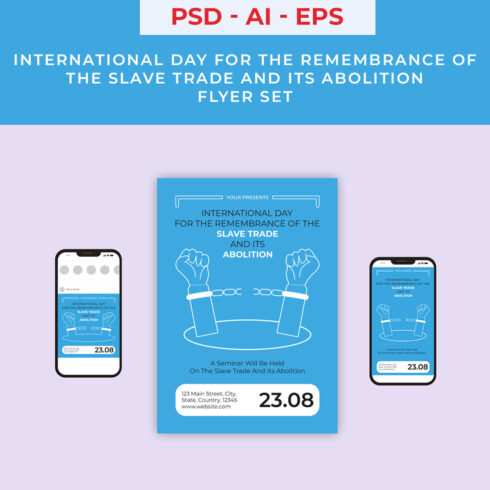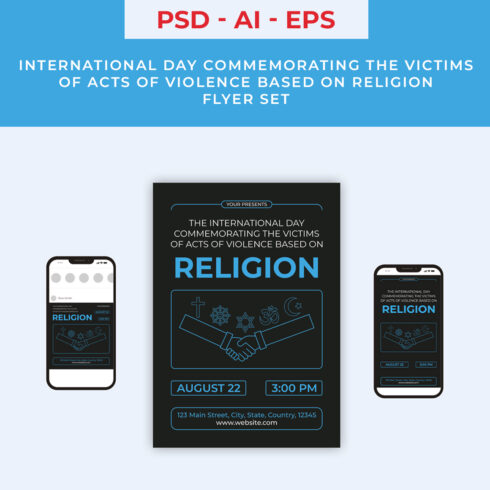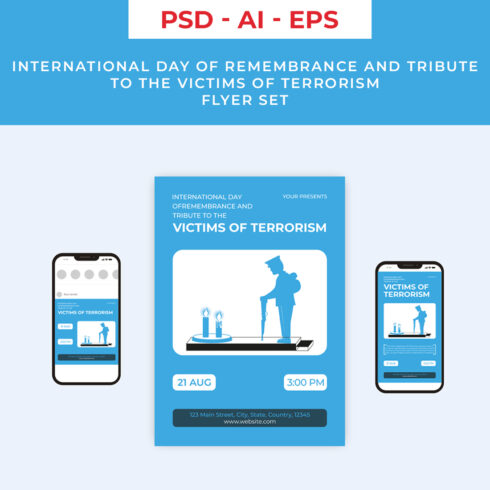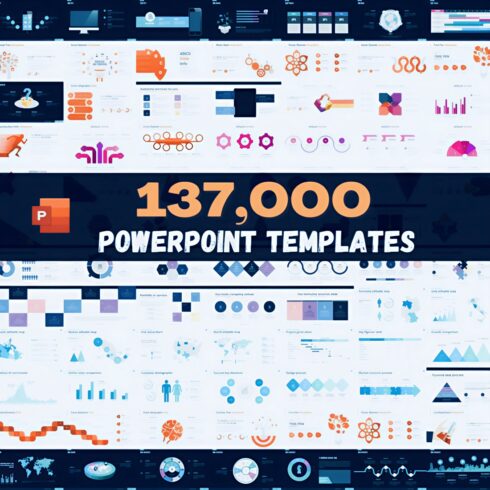
Product Specs
| Created by | jjsmywork |
|---|---|
| File type | |
| File size | 78.23 KB |
| Date of Creation | November 8 2024 |
| Color | gray purple red yellow |
| Rating | 5 (13) |
| Category |
the simple design
The “best” color combination often depends on the context, such as design purpose, mood, or cultural associations. However, there are some classic and versatile combinations that are generally well-received across various applications:
1. Blue and White
Why it works: Clean, fresh, and timeless. It evokes trust, calmness, and clarity.
Use case: Corporate branding, home interiors, nautical themes.
2. Black and Gold
Why it works: Elegant, luxurious, and sophisticated. The contrast makes both colors pop.
Use case: High-end fashion, premium products, upscale events.
3. Red and White
Why it works: Bold, energetic, and attention-grabbing. Red conveys excitement, while white balances it with simplicity.
Use case: Sports teams, food brands, and advertisements.
4. Green and Brown
Why it works: Earthy, natural, and calming. These colors are often associated with nature and growth.
Use case: Eco-friendly brands, outdoor products, sustainable living themes.
5. Purple and Silver
Why it works: Royal and mystical, purple symbolizes luxury and creativity, while silver adds sophistication.
Use case: Beauty brands, luxury items, elegant event designs.
6. Teal and Coral
Why it works: Fresh, vibrant, and modern. Teal has a cool vibe, while coral adds warmth and energy.
Use case: Coastal themes, modern interiors, contemporary design.
7. Yellow and Grey
Why it works: Bright and cheerful, yet balanced. Yellow adds positivity, and grey grounds it with a neutral, calming tone.
Use case: Interior design, modern branding, minimalist themes.
8. Navy Blue and Blush Pink
Why it works: Elegant and harmonious. Navy blue offers depth and sophistication, while blush pink softens the palette.
Use case: Weddings, feminine branding, fashion.
9. Orange and Blue
Why it works: Complementary colors, meaning they’re opposite each other on the color wheel, which creates vibrant contrast and energy.
Use case: Sports teams, dynamic branding, high-energy designs.
10. Monochromatic (e.g., varying shades of a single color)
Why it works: Simple and harmonious. It’s an easy way to create depth and interest without overwhelming the eyes.
Use case: Minimalist designs, modern spaces, artistic pieces.
In design, it’s also crucial to consider contrast, accessibility (color blindness considerations), and the emotional impact of the colors. If you’re designing something specific, I can help refine color choices for that!
